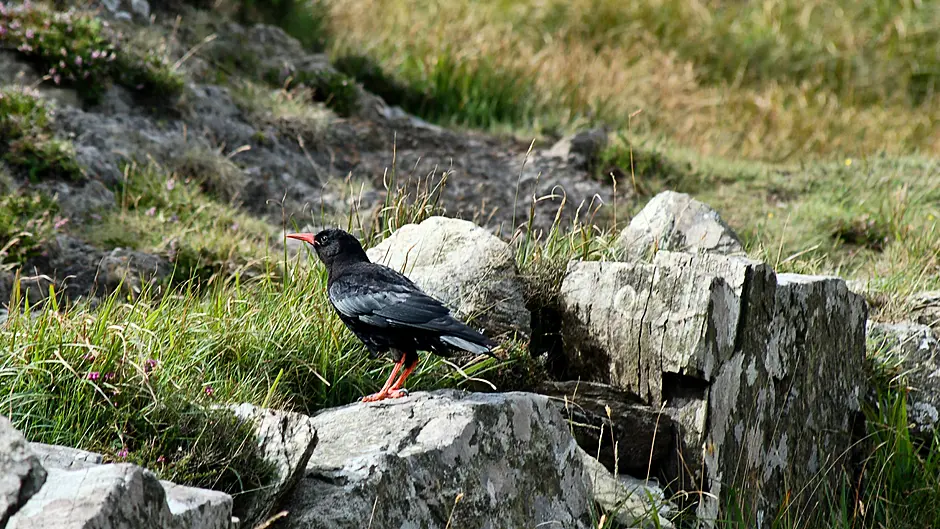A NUMBER of landowners on the Beara Peninsula have been issued with a new set of directives designed to preserve the habitat of two bird species in a special protection area.
For years, land owners along the sea cliff and shore – which includes a 300m inland marker – were made aware that the construction, removal or alteration of fences, stone walls, embankments of any field boundary other than electric fencing required the consent of the minister of housing.
This was designed to protect an internationally important population of breeding chough and a nationally important population of breeding fulmar, a cliff-nesting seabird.
The ‘activities requiring consent’ are, however, to be expanded by the minister for housing, local government and heritage, to offer additional protection for the birds.
These activities will now include blasting, drilling, dredging or otherwise removing or disturbing fossils, rock, minerals, mud, sand, gravel or other sediment.
In fact, the minister said ‘any activity intended to disturb birds’ – including by mechanical, air, gas, wind-powered or audible means – will now require the consent of the minister.
Each of the relevant landowners will be contacted directly, but the department is also legally obliged to advertise the directive.
The special protection area stretches from Cod’s Head, around the western end of the peninsula to Allihies, and the north side of Beara.
From Crow Head, on the mainland, the special protection area goes beyond the Buddhist Centre at Garranes and includes the southside of Bere Island, as well as Dursey Island.
The department said anyone intending to carry out any of these works should seek consent from the Department’s National Parks and Wildlife Service.
Anyone who may be affected by the direction and wishes to object or request further information can contact the National Parks and Wildlife Service by emailing [email protected].
The final date for the receipt of objections is March 17th.









